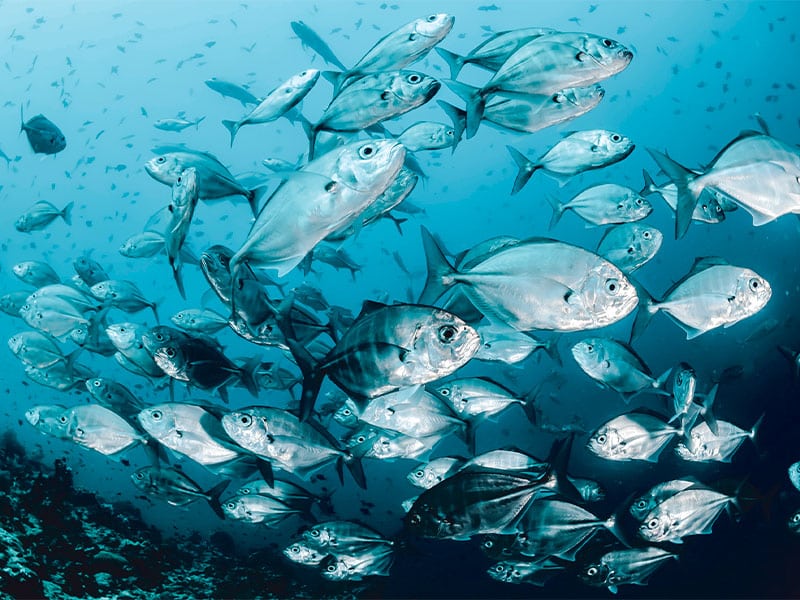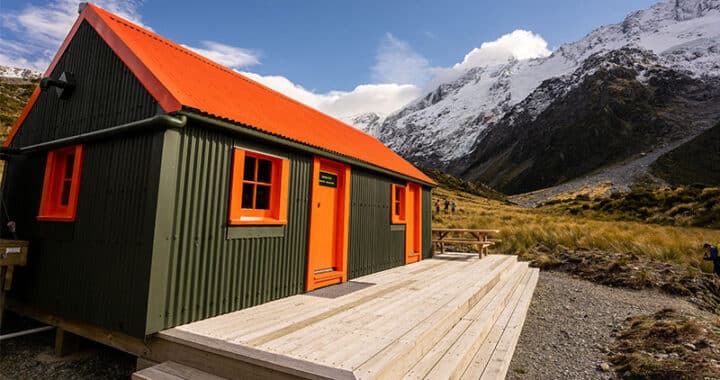Concerns over South Island marine protection areas
5 min read
The reserves would be assessed every five years, with an extensive generational review to be undertaken every 25 years. Photo: Unsplash
The six marine reserves, located between Oamaru and The Catlins, are the first marine reserves in south-eastern South Island.
It is a region that is home to endangered species, including the hoiho/yellow-eyed penguin, toroa/royal albatross, and the New Zealand sea lion, as well as brittle stars, squat lobster, kōura, shrimps, crabs, sponges, sea squirts, reef fishes, and many others.
Marine reserves allow for activities such as boating, snorkelling, and diving but do not allow collection or fishing of any seafood.
The announcement follows the then government’s August proposal for 19 new protection areas for the Hauraki Gulf, which would ban bottom-trawling in those areas.
Then-conservation minister Willow-Jean Prime said the creation of the new reserves increases the area in marine reserves around mainland New Zealand by more than two-thirds.
The reserves would be assessed every five years, with an extensive generational review to be undertaken every 25 years.
Under the Labour-led government, it was expected the reserves would come into force in the middle of next year.
However, the incoming government could potentially decide to scrap them after last month’s election. Prior to the election, the National Party said it would establish a minister for hunting and fishing, guarantee access to public land for hunting and fishing, not require a licence for game animal hunting or sea fishing, and de-classify game animals as pests.
The announcement has not been well received by some fishing groups, who have said the process lacked proper consultation.
South Island not-for-profit Fish Mainland said the process to get the reserves across the line was flawed and not collaborative and could cause around 20 independent fishing operators to go out of business.
It said the government-formed MPA (Marine Protected Areas) forum lacked representation of recreational fishers’ views and that the ‘hand-picked’ forum participants were “gagged and could not enrich the process with input from those who had an interest and could be affected”.
It said that during a consultation in 2020, Southeast locals provided solutions that were ignored.
Dunedin-based Tautuku Fishing Club also hit back at the MPAs, saying the negative impact on recreational fishing will be substantial. In its submission, the club said it considered the need for Type 1 MPAs in the area rather than other, less restrictive alternatives was not sufficiently demonstrated.
“[The club] considers that the demonstrable negative impacts of some of the Type 1 MPAs on recreational fishing outweigh the benefits,” it said.
“The club and its members submit that no Type 1 MPAs should be implemented because recreational fishing has a limited impact on marine biodiversity in these areas at present, and its prohibition is, therefore, unnecessary to achieve the policy goals. Alternative protection measures are available to achieve the desired result of protecting marine biodiversity, without the need for Type 1 MPAs.”

Tautuku said insufficient consideration was given to the impact of Type 1 MPAs on recreational and commercial fishers in these areas. It added that the safety of recreational fishers could be reduced if Type 1 MPAs are implemented.
“Decisions on marine reserves along the southeast coast must take full account of the fact that adverse weather and adverse sea conditions already prevent recreational fishing for most of the year. This is to the extent that there are usually only about 40–60 days that recreational fishing is safely available, and these are further subject to the other restrictions on when people can go out fishing.”
However, Department of Conservation director office of regulatory services, Sarah Owen, said the six selected reserves represented just 4.4% of the area considered for marine protection, so there was still a lot of coastline and sea available to fish.
The six marine reserves are in the takiwā of iwi Kāi Tahu. Measures to recognise the customary rights of Kāi Tahu include allowing continued access to the marine reserves for the enhancement of mātauraka Māori (traditional knowledge) through wānaka (intergenerational sharing of knowledge). The retrieval of koiwi tākata (ancestral remains), artefacts, marine mammal remains, and some beach materials will also be provided for.
Kāi Tahu welcomed the announcement, saying it reflected the cultural significance of the moana.
“This ensures we can uphold our cultural traditions and retain an intergenerational connection with our moana, without alienating our whānau from their ancestral fisheries, like what has happened when other marine reserves have been established,” said Te Rūnanga o Ngāi Tahu deputy kaiwhakahaere Matapura Ellison.
“Our customary commercial fishing rights will likely be affected by the new marine reserves, but we have made a pragmatic decision to support the protection of the network for the benefit of all New Zealanders.”
WWF New Zealand chief executive Kayla Kingdon-Bebb welcomed the announcement of the new reserves.
“Otago is the only region in the entire country without a marine protected area, despite being home to some of our most endangered wildlife,” Dr Kingdon-Bebb said.
“We know that setting aside areas to protect and sustain our native species and their habitats is necessary for the health and wellbeing of people and nature. To turn the tide on biodiversity loss, we need at least 30% of our ocean placed in well-managed highly protected areas.”
Forest & Bird Otago/Southland regional conservation manager, Chelsea McGaw, said the six reserves will protect marine ecosystems and the vulnerable species that use them and will ensure river mouths, estuaries and tidal lagoon/salt marsh habitats are protected.
“Establishing six new marine reserves is welcome news to Forest & Bird and to the thousands of people who’ve submitted in favour of these reserves over the past 10 years,” she said.
However, McGaw said the job isn’t quite done because it fails to meet the Marine Protection Area policy and New Zealand’s international obligations.
“The six marine reserves will protect only 4.05% of the entire Southeast Marine Protection Forum SEMPF area; there are no marine reserves proposed for either the biodiversity-rich, but vulnerable Catlins region, or the significant biogenic habitats associated with the Hay Paddock, off Ōamaru,” she said.
“Essentially the reserves don’t adequately represent the full range of unique habitats found in southeastern Aotearoa New Zealand.”
From north to south, the reserves include:
- Waitaki Marine Reserve, 101km2
- Te Umu Kōau Marine Reserve, 98km2
- Papanui Marine Reserve, 168km2
- Ōrau Marine Reserve, 29km2
- Ōkaihae Marine Reserve, 5km2
- Hākinikini Marine Reserve, 6km2
For more information, visit doc.govt.nz.
Words by Shannon Williams



